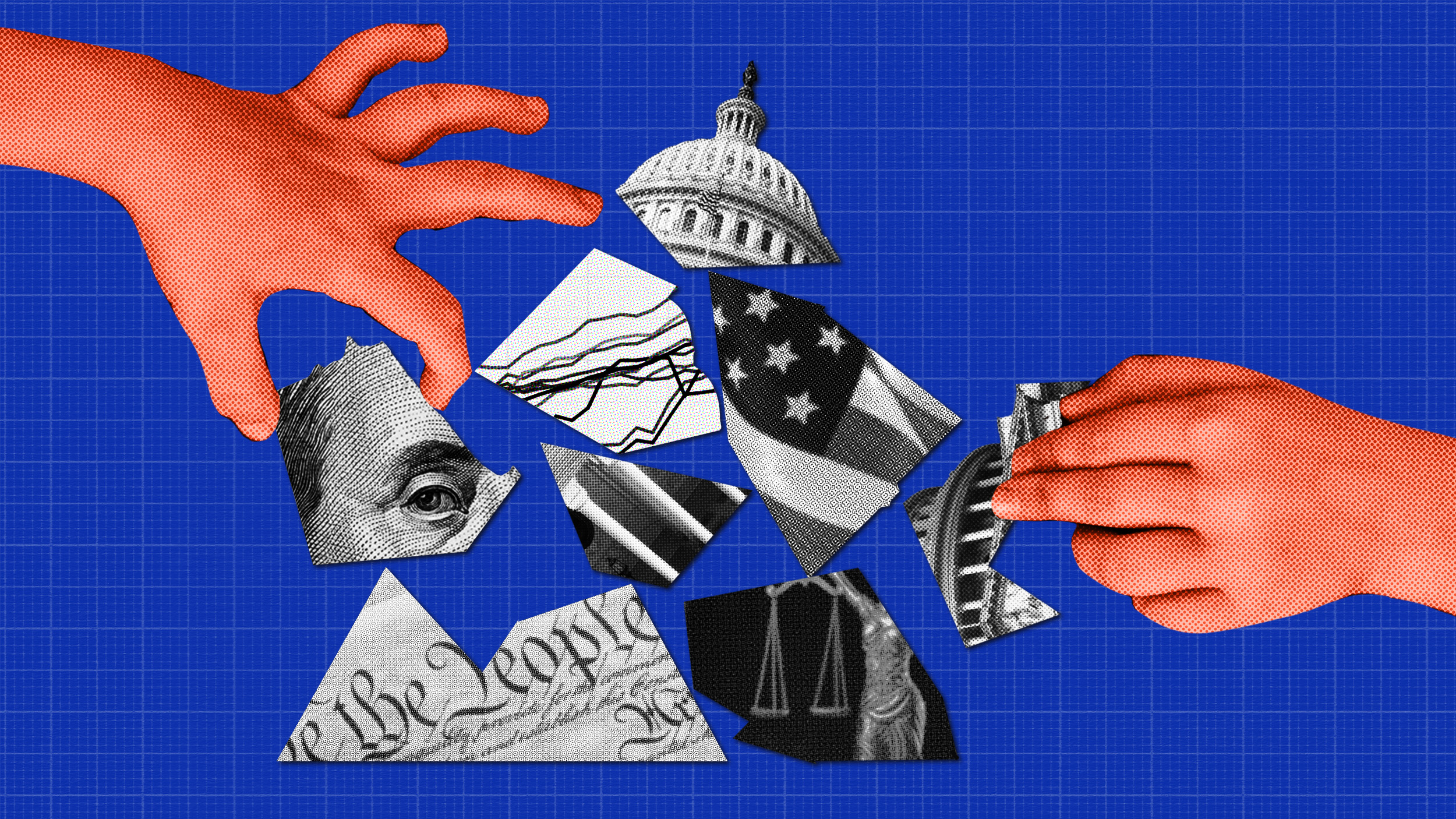Aging & Marathon Running: Training for a Lifetime to Live Well Tomorrow
Joined by MIT AgeLab‘s Katie Godfrey, Ihad the pleasure of being on NBC ‘s Today Show this week. NBC’s Peter Alexander visited the AgeLab to take a new look at old age to show viewers whatmight be ‘next’ for life tomorrow – from driving the lab’s next generationAwareCar, to future home services, to innovations in financial planning. While atthe lab he donned AgeLab’s AGNES to feel the ‘aha’ moment of what it might belike to be an older woman with multiple chronic conditions, e.g., advancing diabetes, osteoarthritis, in her mid-70s.
Peter’s piece provided the introduction for the liveinterview with Today’s Matt Laurer and Natalie Morales who wore AGNES on the showto feel the frustration, friction and fatigue of poorly managed chronicconditions and old age. National expert and geriatrician Neil Resnick, Professor of Medicine,Chief of the Division of Geriatrics at the University of Pittsburgh joined in the conversation.
AGNES shows users more than the difficulties of usingdevices, challenges to personal mobility and getting in and out of vehicles, itis a powerful teaching tool showing what ‘might be’ if one does not live wellto age well. But, AGNES is one possible future, she is not destiny.
While Natalie Morales was ‘suiting up’ in AGNES we spokeabout staying fit. She shared with me that she was a runner and runs marathons. I commented that I like to think I am a runner – although myrace achievements have been mostly limited to slowing down others on the course.
What is the connection between aging and marathon running?
MIT AgeLab’s Katie Godfrey, Joe Coughlin,
NBC’s Matt Laurer, Natalie Morales &
Neil Resnick, University of Pittsburgh on the Today Show
(View Show)
Marathon running requires more than running a distance – ittakes training. While Runners World, Uta Pippig, friend and virtual coach, (see Uta’s Take the Magic Step)and others are real authoritative sources of information, here is my take onsome of the ingredients that make running a half or full marathon possible andtheir possible parallels to aging well.
Food as Fuel – Youare what you eat, but more importantly your body performs up to the quality ofwhat you eat and drink for the race and for life.
Body as System –Marathon training is more than one exercise – it requires thinking about yourwhole body as a system; knowing your body mechanics, ensuring flexibility, strength, resilience, and reserve.We often think of aging as measured in birthdays. Real aging is measured bysystem ‘reserve’ – how resilient your body is in managing injury, disease anddaily demands.
It’s in Your Head– Learning to discipline yourself to get out and do it again — keeping a positive attitude to get youthrough difficult hills, long miles, poor weather and pain. Boston University’s Thomas Perls’ landmarkstudy of centenarians indicates that those who have lived longest may also bethose who laugh first…and apparently last. Many oldest old report that checkingout the comics first may help you last longer better.
Listen to Your BodyTalk – Listen to what your body says, what hurts, when do you needhelp…when is it time to rest? Beginning at a young age, we need to take care ofour original equipment, physical check-ups, paying attention to subtle changesthat can have big impact on the quality of a run as well as the quality of life as we age.
It’s Not a Hobby,It’s a Lifestyle – Exercise at any age is said to be good medicine, butrunning a marathon is a disciplined regime of diet, conditioning, mentalpreparation, awareness and social support. That is not a hobby; that is a way of life. Agingwell requires 24/7 training in mind, body and soul…with some time off forchocolate, etc. It is the ‘etc.’ that will require additional miles.
To view the Today Show segment with Peter Alexander, MattLaurer and Natalie Morales What a drag it is to get old: ‘Aging suit’ helps the young understand the challenges of aging (click).






